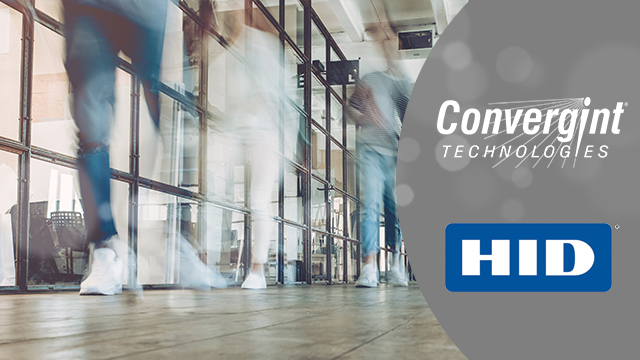Many organizations still use legacy access control systems that are decades old. These outdated solutions tend to cause more security issues in the long run. With security breaches becoming a constant issue, organizations are looking for more efficient solutions that are also cost-effective. Global Industry Analysts estimate that the global market for access control will increase to $10.1 billion in 2020.
Governmental organizations and educational institutions still use antiquated magnetic stripe access control that is easily cloned. It is important to upgrade access control systems to prevent possible security breaches and utilize it for other applications. Convergint, partnered with HID Global, offer facilities the most up-to-date access control technology that can improve overall operational efficiency. Innovative access control solutions protect critical resources, personnel, and extend the capabilities of access systems.
The Evolution of Access Control Software
As technology advances, access control solutions become more secure. New access control technology includes innovative features that often integrate with other software, allowing users to open doors and access specific areas. This technology also lets users log into a network or computer using the same keycard.
Credentials and cards have evolved significantly over the last few decades. The swipe technology of the 1980s was a massive security improvement as far as traceability, access management, and forensics.
During the 1990s, businesses began to feel the limitations of swipe technology. Swipe access required contact between credentials and card readers, making the process inefficient and awkward. The constant contact took a toll on these systems and upkeep became expensive and a waste of time. Low-frequency proximity access control software, or “prox”, was the latest and greatest technology of this time.
In 2013, the second generation of contactless smart cards was introduced. It enhanced security and included more applications than the first generation, a big leap forward in access control security.
The Future of Access Control
Institutions today require the tools they invest in to serve dual purposes, and enhanced security is critical to protect both physical and electronic assets. Mobile access control is a vital part of the next generation of access control and most of it is available today. It allows users to authenticate from further away than previous versions.
Consumers use mobile devices daily, and many routinely work on them. It’s tremendously convenient for employees to use their smartphone, watch, or tablet to access controlled areas and one less thing for them to carry. Instead of rolling down your car window in frigid weather for authentication to open a parking gate, the system registers it from inside your vehicle.
Increased Applications Unite Logical and Physical Access Control
Organizations want to generate and manage secure user identities for more than just physical access control cards. They want to be able to do the same on tablets, wearables, mobile phones, and other forms of credentials. This technology utilizes a variety of communication protocols such as Bluetooth, NFC, and others. It allows for countless applications beyond physical access, such as the ability to use the same credentials to log into business information systems and networks.
People rarely forget their cellphones, reducing the number of incidents of lost or forgotten cards. Mobile credentials make managing access control easy, since the technology integrates with other software and streamline the process. Institutions can even issue credentials to remote visitors and workers. Most importantly, mobile credentials can be revoked or granted digitally, providing higher authentication levels of physical access control. The user only needs one device to access data, specific locations, and cloud access.
While many institutions want to save money, being too frugal with security often proves more expensive in the end. A breach of security makes businesses vulnerable and costs more than investing in a quality access control system.

